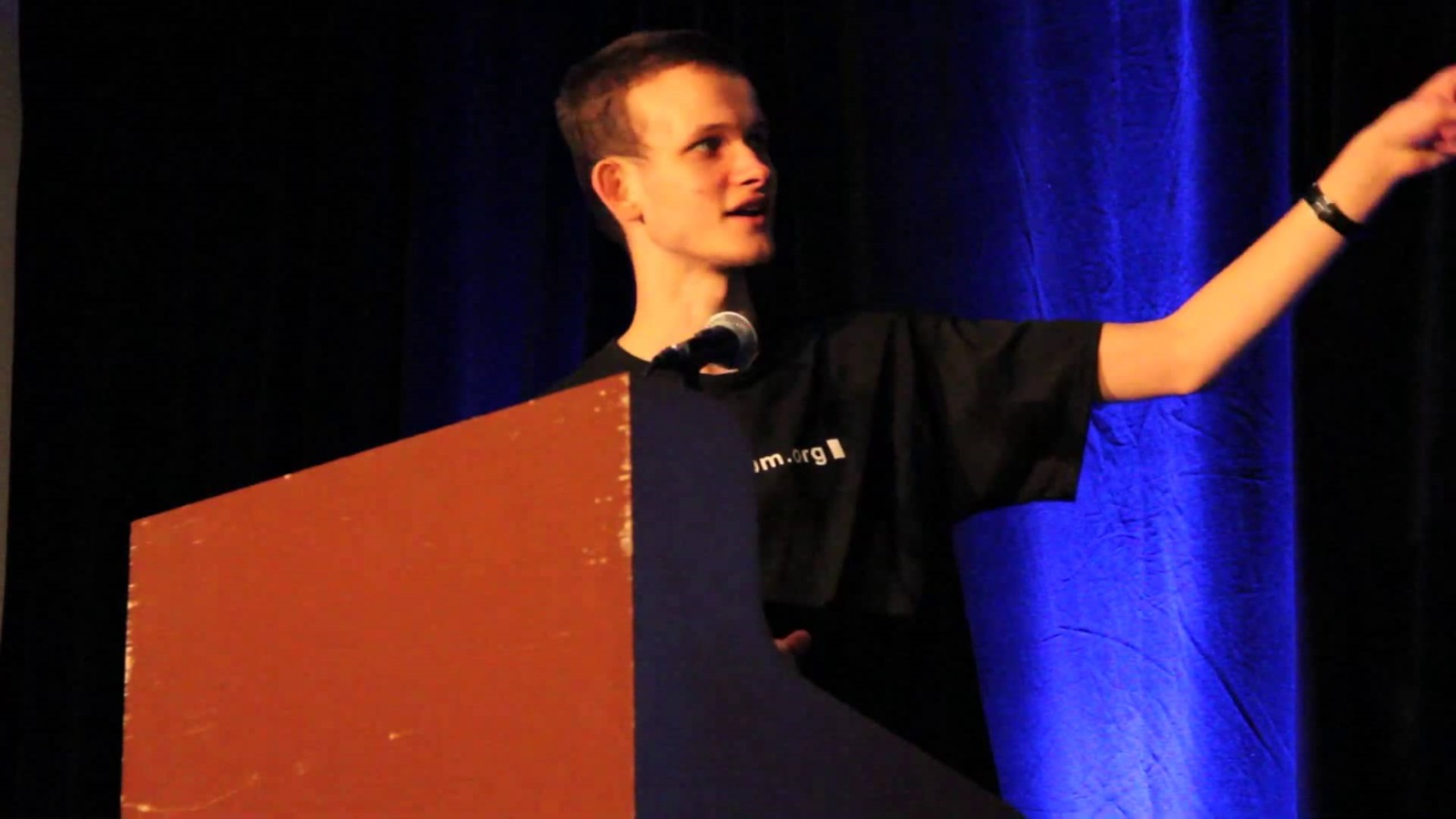 NEWS
NEWS
 NEWS
NEWS
 NEWS
NEWS
Ethereum is a decentralized publishing platform that uses blockchain technology to enable user-created programmable contracts. In 2014, SiliconAngle ran an article on the platform asking, “Can Ethereum kill Bitcoin with self-executing contracts?”, of course, the developers of Ethereum did not built it to kill bitcoin, but instead provide a platform for decentralizing applications.
“Ethereum does not want to kill Bitcoin,” explains Stephan Tual, the Chief Communications Officer of the project.
The goal of Ethereum is still to produce and maintain a general purpose blockchain that is a decentralized communication system at its core. Tual says, the intent is to bring the Internet to its logical conclusion: a system that permits the decentralization of anything programmable, from applications to contracts.
Over the past year, Ethereum’s development crew has continued to grow towards this vision.
Ethereum builds on the idea of the blockchain, taking the concept–not its code or underlying implementation–by creating a blockchain that allows any application to be represented as decentralized code. This can be done for anything financial systems, manufacturing, social media, self-driving cars, autonomous applications, etc. allowing a system of applications that can exist independent of human control can talk to each other.
During CES this year IBM and Samsung revealed a proof-of-concept named Adept that uses Ethereum as a platform for a washing machine to order its own detergent. Not only could the washing machine call for a resupply of its own detergent, it could pay for it with its own autonomous contract. Adept also uses Bittorrent for the peer-to-peer networking and Telehash for real time communication in a powerful Internet of Things proof of concept where the “things” start taking control of their own needs.
Tual also says that Ethereum adds value to much of the Internet of Things ecosystem, smart appliances and smart homes. It could be used to provide a contract-executing platform for an autonomous AiRBnB—using the platform the system could provide electronic access to its own system, take sales, remit payments, and even order new maintenance materials (and post repairs) and update occupation status without human intervention.
The past year has seen a considerable amount of work on the Ethereum platform. Aside from the proof-of-concept from IBM and Samsung above, the development team at Ethereum has continued to update the core code, add applications, documentation, and has kept building on the aforementioned vision of a decentralized Internet experience.
To make use of the Ethereum blockchain and give non-technical users access to the Ethereum ecosystem, the team is developing Mist: a browser for accessing decentralized Ethereum. The group has a 30 minute preview rundown of Mist. Tual says that Mist is based on Chromium, switched from Webkit, and contains a Whisper-based app (see below) and a working system that can be tested on.
A Javascript-like programming language called Solidity has become the standard contract-language for Ethereum that uses the virtual machine of the platform to describe and execute contracts. For a developer-centric explanation of Solidity, with links to a tutorial and more detailed documentation, see the GitHub wiki page for the programming language.
Mix is an integrated development environment (IDE) for Ethereum that aids developers in putting together contracts. The tutorial linked in this paragraph provides a general overview of Mix and instructions on how to get started and write an Ethereum contract.
There are also a few new protocols in development. Whisper is a protocol for peer-to-peer anonymous messaging, a method for apps to exchange small messages (less than 64K bytes in size.) Another protocol, Swarm, is a decentralized file storage solution that is still under development.
Looking through all the applications and work done with Ethereum, it’s obvious that the technology is still in its passionate growth stage. The team working on the protocol and software continue to push towards their vision and the codebase is right now coming up on a very important milestone named Frontier.
Support our open free content by sharing and engaging with our content and community.
Where Technology Leaders Connect, Share Intelligence & Create Opportunities
SiliconANGLE Media is a recognized leader in digital media innovation serving innovative audiences and brands, bringing together cutting-edge technology, influential content, strategic insights and real-time audience engagement. As the parent company of SiliconANGLE, theCUBE Network, theCUBE Research, CUBE365, theCUBE AI and theCUBE SuperStudios — such as those established in Silicon Valley and the New York Stock Exchange (NYSE) — SiliconANGLE Media operates at the intersection of media, technology, and AI. .
Founded by tech visionaries John Furrier and Dave Vellante, SiliconANGLE Media has built a powerful ecosystem of industry-leading digital media brands, with a reach of 15+ million elite tech professionals. The company’s new, proprietary theCUBE AI Video cloud is breaking ground in audience interaction, leveraging theCUBEai.com neural network to help technology companies make data-driven decisions and stay at the forefront of industry conversations.